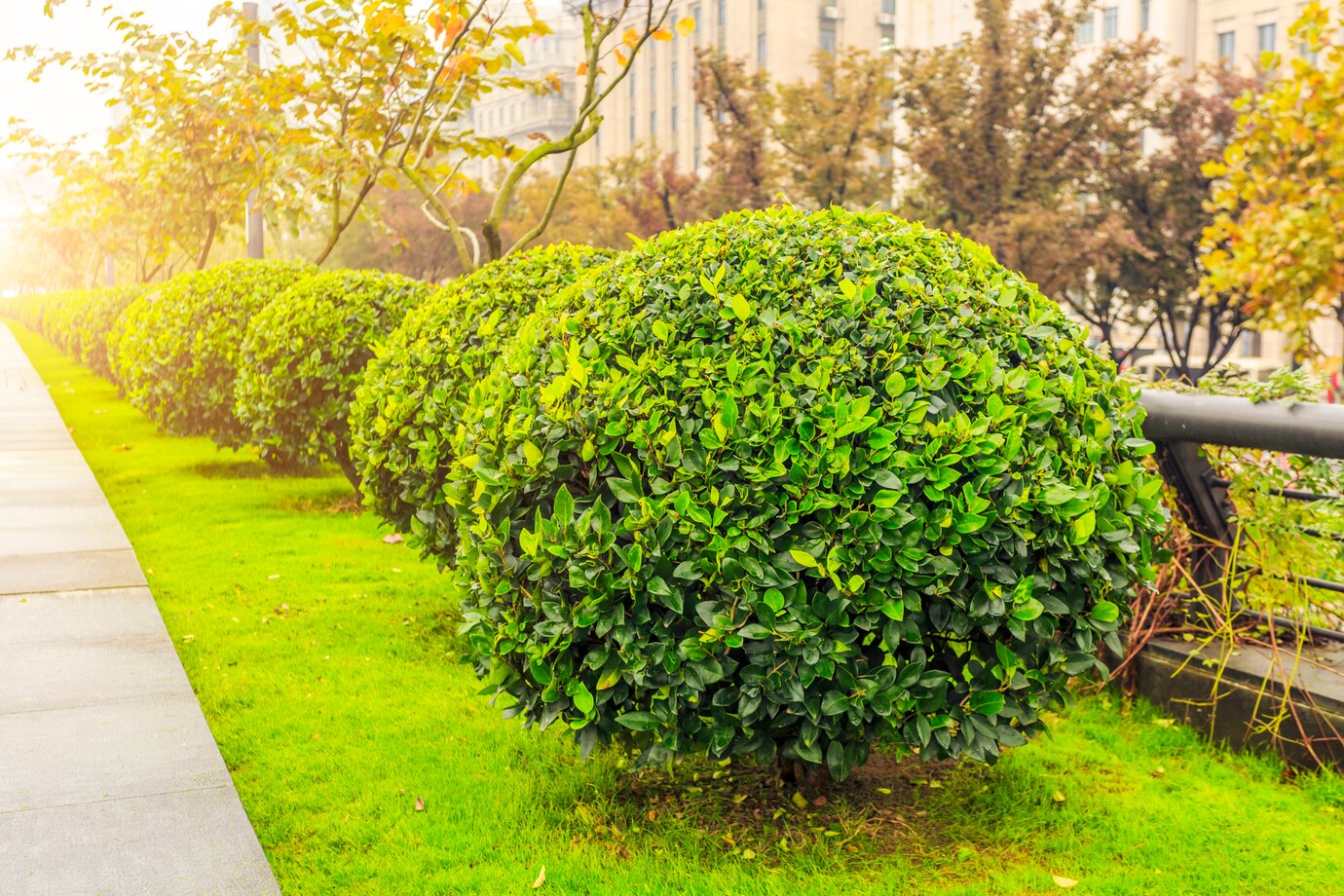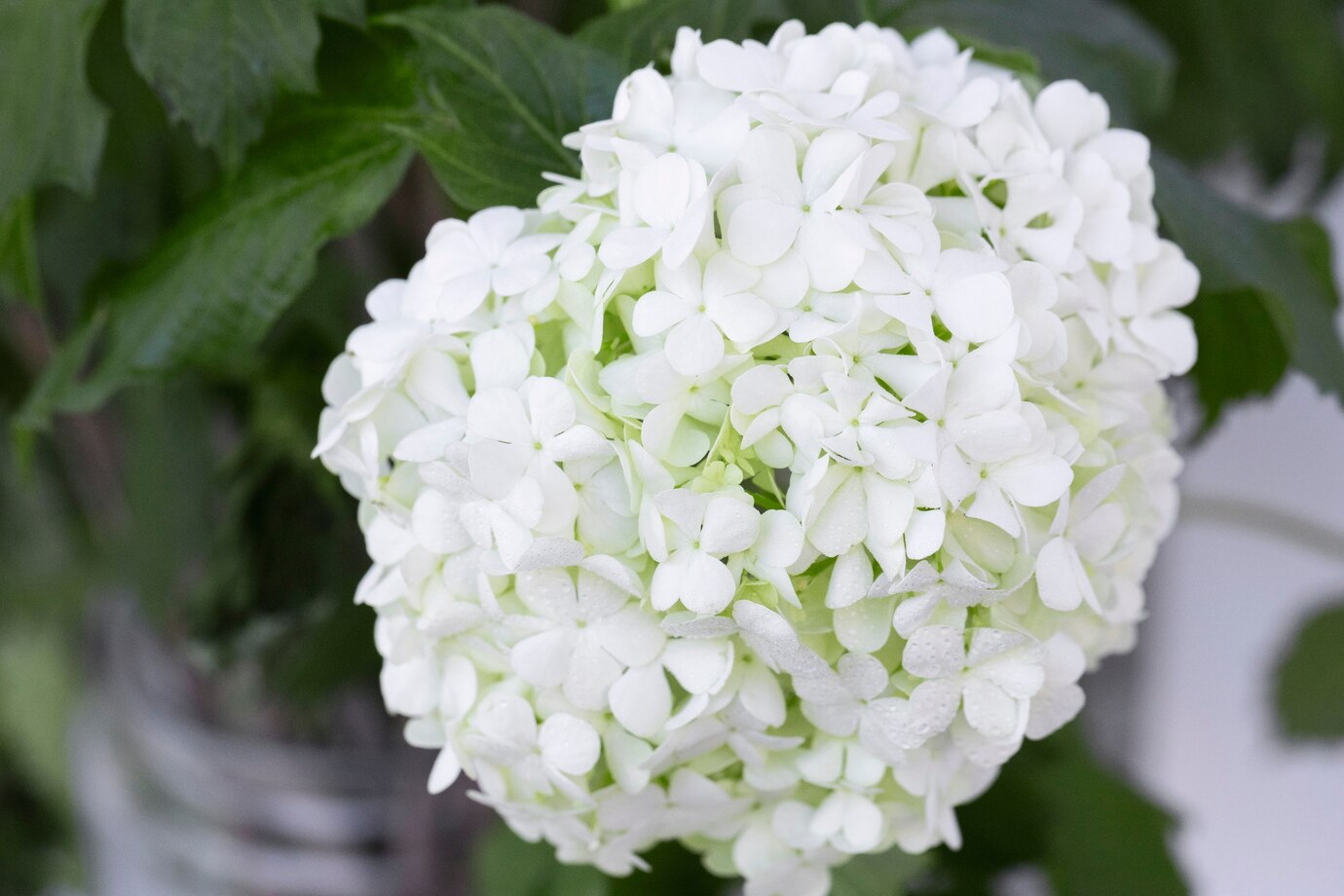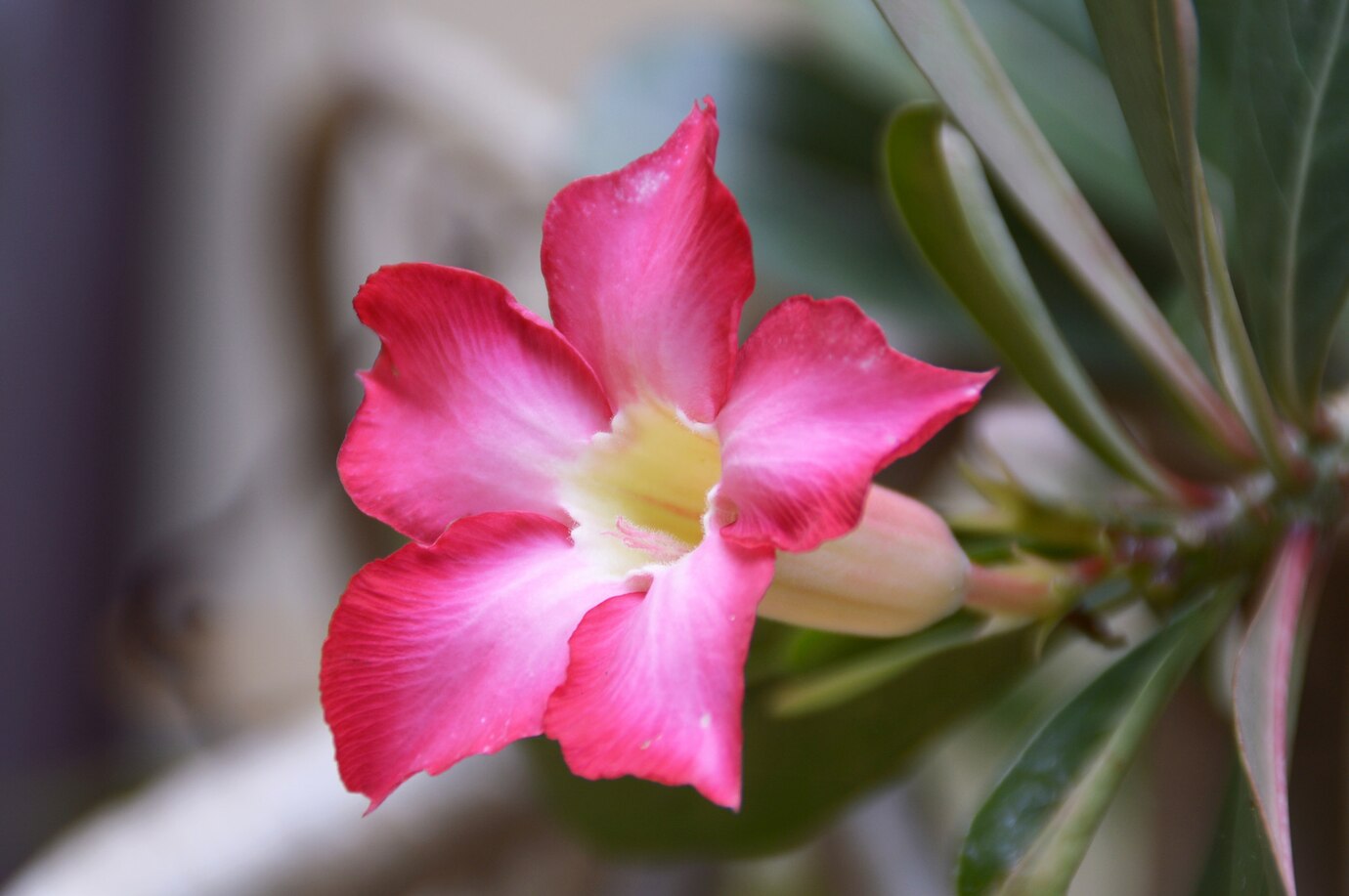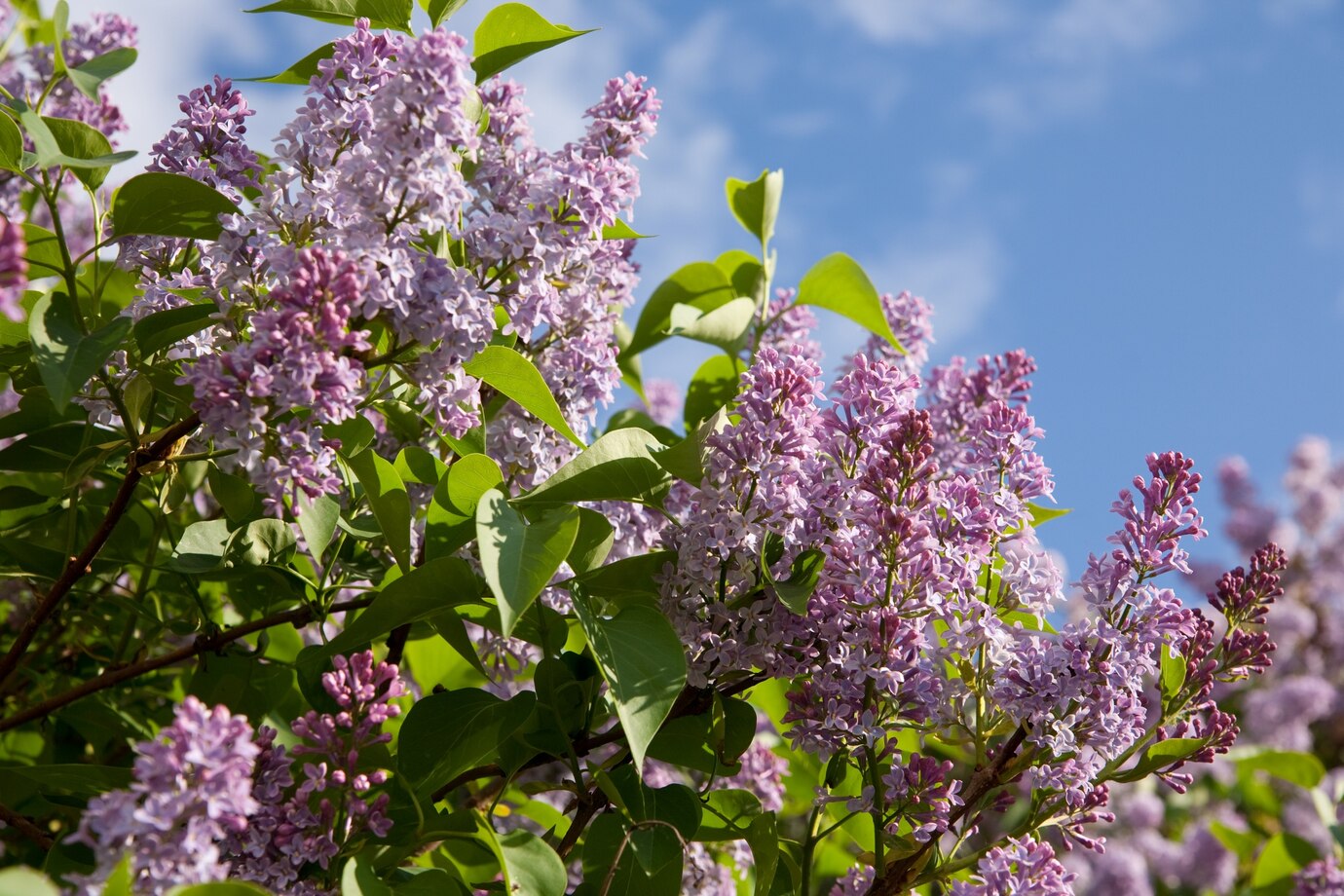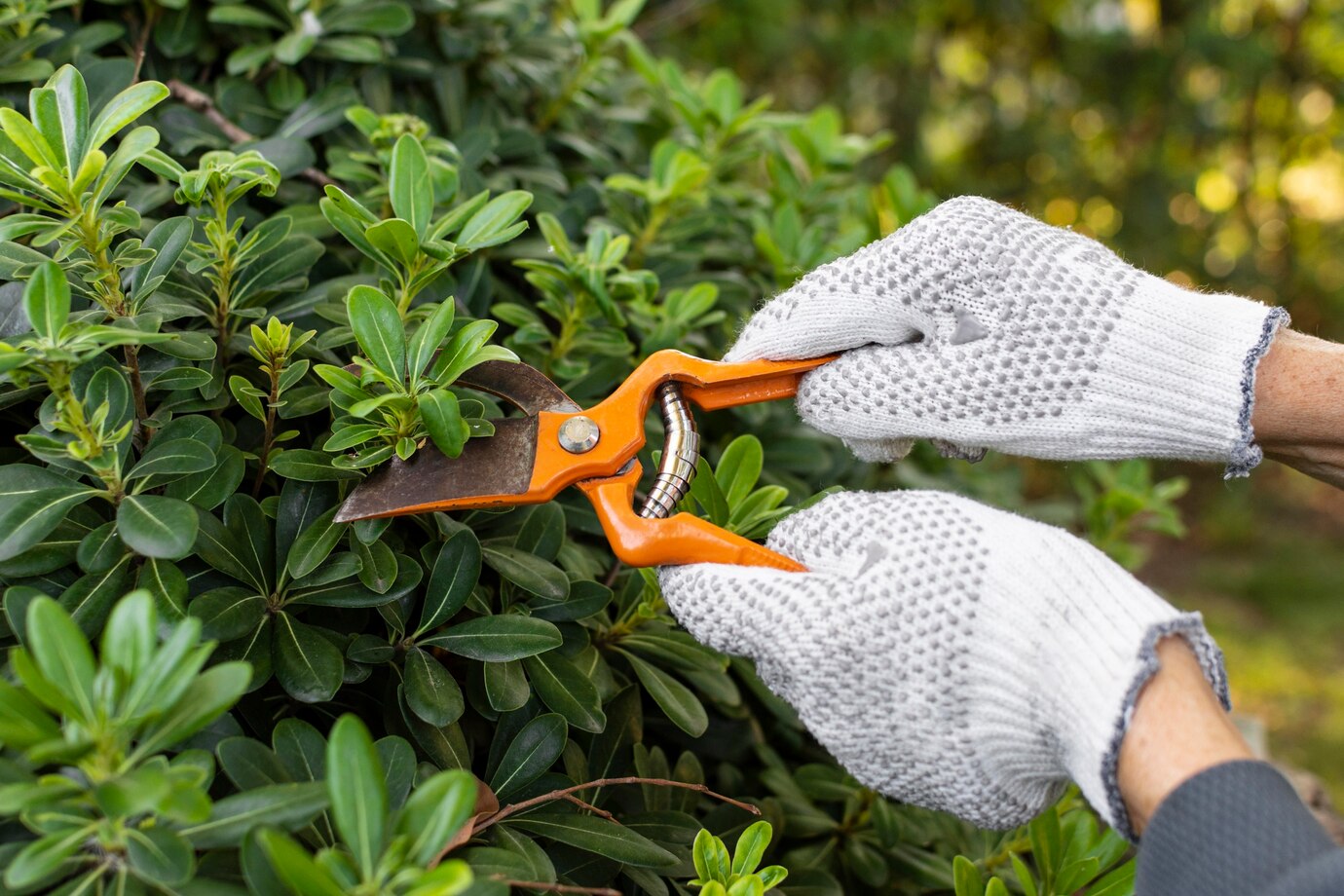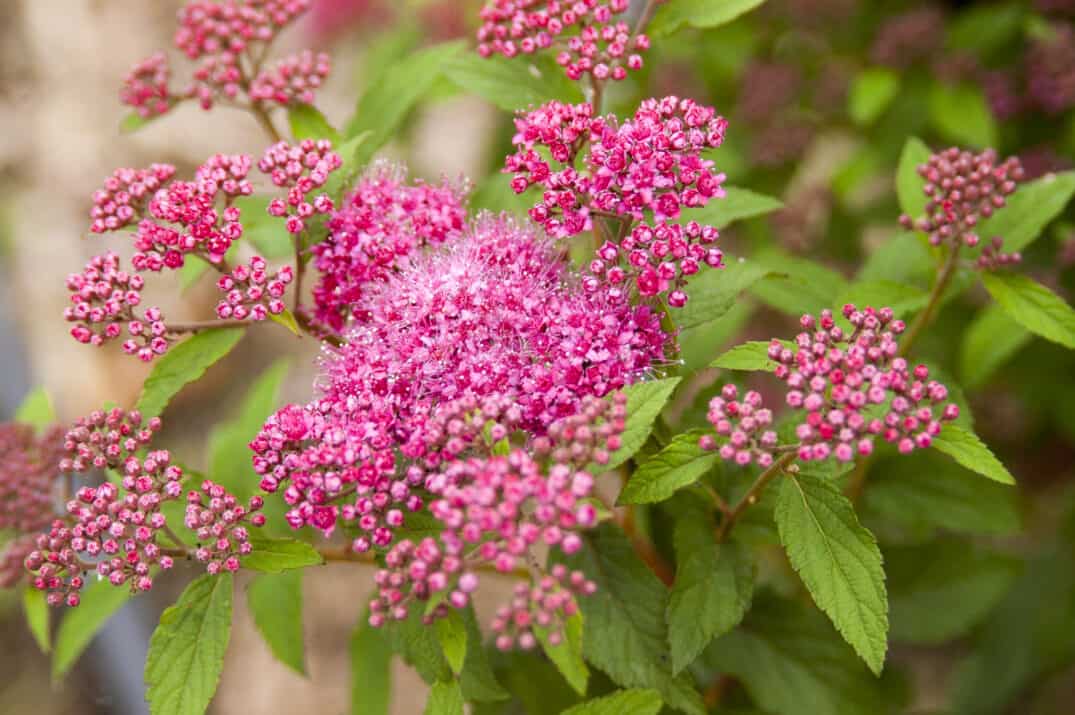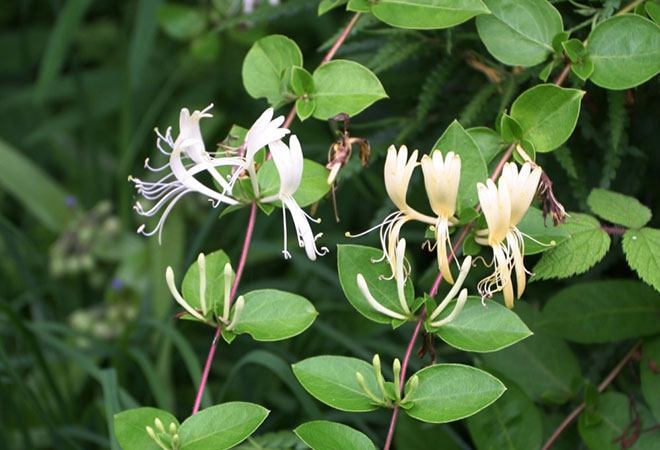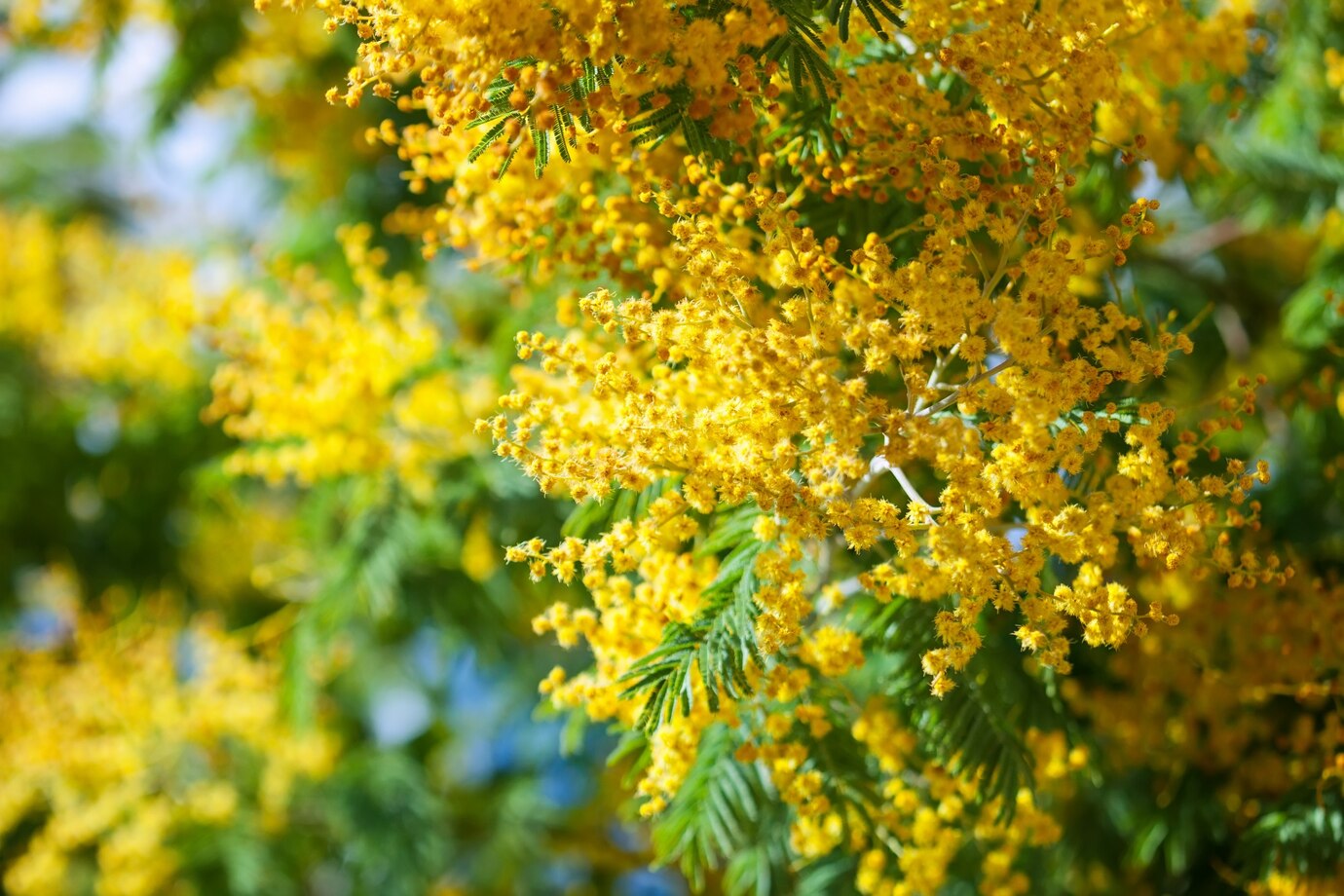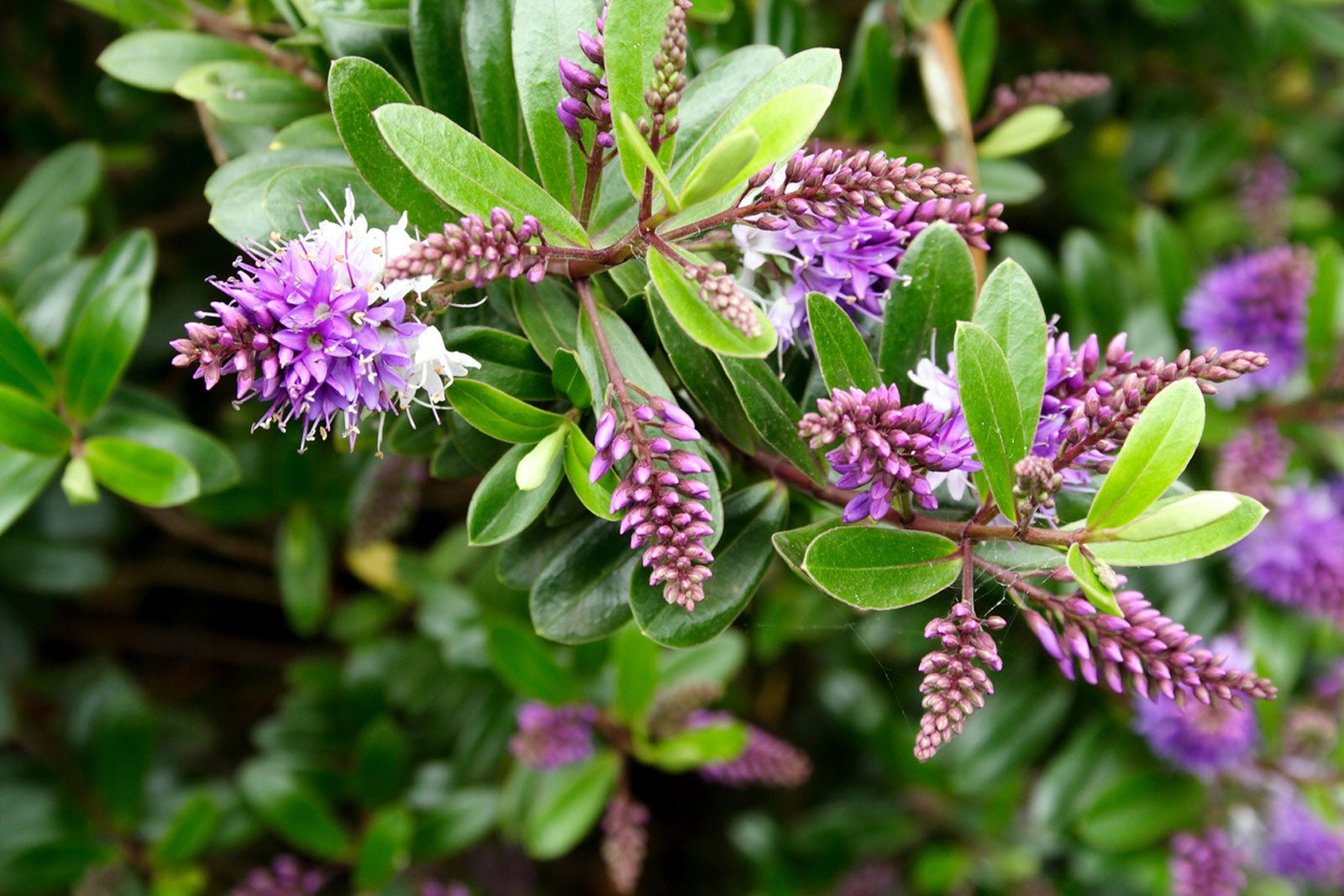Most people avoid growing shrubs because they require too much maintenance. However, the right shrubs can enhance the beauty of a garden while remaining low-maintenance.
While many woody plants need annual trimming, some low-maintenance shrubs naturally maintain an attractive shape without pruning. These shrubs grow effortlessly, develop refined forms, and thrive without constant upkeep. Instead of shaping them, you can use your pruning shears for more enjoyable tasks like cutting fresh flowers for a bouquet.
Planting these best low maintenance shrubs creates a lush, wildlife-friendly landscape with minimal effort.
Table of Contents
ToggleBest Low Maintenance Shrubs
Beautyberry
Beautyberry has large, light green leaves on long, graceful branches. In spring and early summer, clusters of tiny pink flowers attract pollinators. By late summer, those blooms transform into striking bright purple berries. In fall, the foliage turns golden, adding another season of beauty.
Beautyberries are deciduous but retain their vibrant berries long after the leaves drop, making the shrub visually appealing even in winter. During the colder months, they also provide a valuable food source for birds.
Boxwood
Boxwood is slow-growing but an ideal low-maintenance shrub. It rarely needs pruning. Its dense, compact growth and small evergreen leaves create a naturally refined shape. When planted with enough space to reach its mature size, boxwood thrives for years with minimal care.
Indian Hawthorne
Indian hawthorn thrives as a low-maintenance evergreen shrub, perfect for hedges or accents in mild winter climates. It blooms for weeks in late winter to early spring, then surprises with another flush of flowers in fall. Small varieties like ‘Eleanor Taber’ and ‘Ballerina’ stay manageable at 2 to 4 feet tall while offering long-lasting color.
Meyer Lilac
Meyer lilac is a compact, low-maintenance alternative to traditional lilacs. This slow-growing, rounded shrub bursts into dense clusters of violet-purple flowers in spring. As the blooms fade, they blend seamlessly into the lush green foliage to keep the plant tidy.
Abelias
Abelia is a staple in Southern gardens. It requires annual pruning, but it is worth the effort. Gardeners are rewarded with its graceful branches and bell-shaped flowers from summer through fall.
As a member of the honeysuckle family, abelia offers a range of varieties in different heights and flower colors. Some grow to 8 feet tall, but dwarf varieties are perfect for smaller spaces.
Meadowlark Forsythia
Meadowlark is a fast-growing deciduous shrub that can add up to 2 feet per year under ideal conditions and reach a mature height of 10 feet.
It bursts into bright yellow blooms on bare branches in spring, creating a striking display before the foliage emerges. Once established, it thrives with minimal care. It is a stunning focal point in spring while maintaining attractive foliage through summer and fall.
Inkberry Holly
Inkberry holly (Ilex glabra) is a slow-growing evergreen shrub native to eastern North America. In fall, female plants produce small black berries that attract birds. Newer cultivars like ‘Nordic’ and ‘Gem Box’ grow in dense, rounded forms that maintain a tidy shape without pruning.
Moonglow Juniper
‘Moonglow’ is a standout juniper variety with a tall, narrow form that can reach up to 20 feet at maturity. It works well as a windscreen or privacy hedge. This dwarf cultivar is best known for its grayish-green foliage and deep blue berries. It adapts to various soil conditions, but it does not tolerate soggy ground.
Birds Nest Spruce
Bird’s Nest spruce is a compact, low-maintenance evergreen shrub that requires minimal care. It thrives in various soil types and light conditions, which makes it an easy choice for any landscape.
This slow-growing spruce has dense, long branches with foliage that starts as light green before deepening to a grayish-green. Once established, it needs watering only during drought, fertilizing once a year, and little to no pruning.
Oakleaf Hydrangea
Oakleaf hydrangea stands out with its unique lobed leaves, resembling those of an oak tree. Like other hydrangeas, it produces beautiful, long-lasting flowers that brighten summer gardens and work well as cut flowers.
At maturity, it can grow up to 8 feet tall, making it an excellent focal point or foundation plant. Its blooms start white before fading into soft pink or purple hues. With a naturally rounded growth habit, it requires little pruning or maintenance. In fall, its foliage transforms into striking shades of purple, orange, and bronze.

